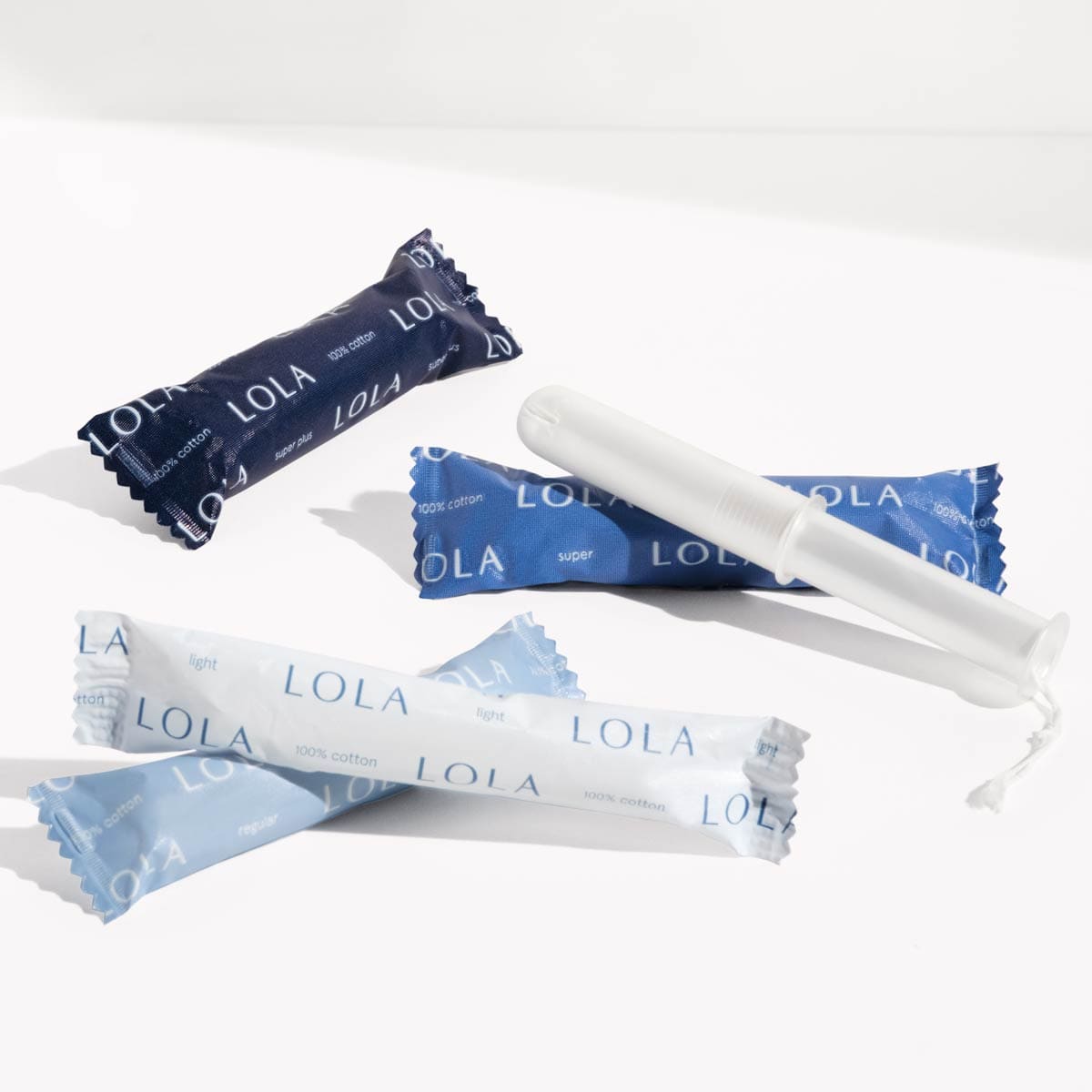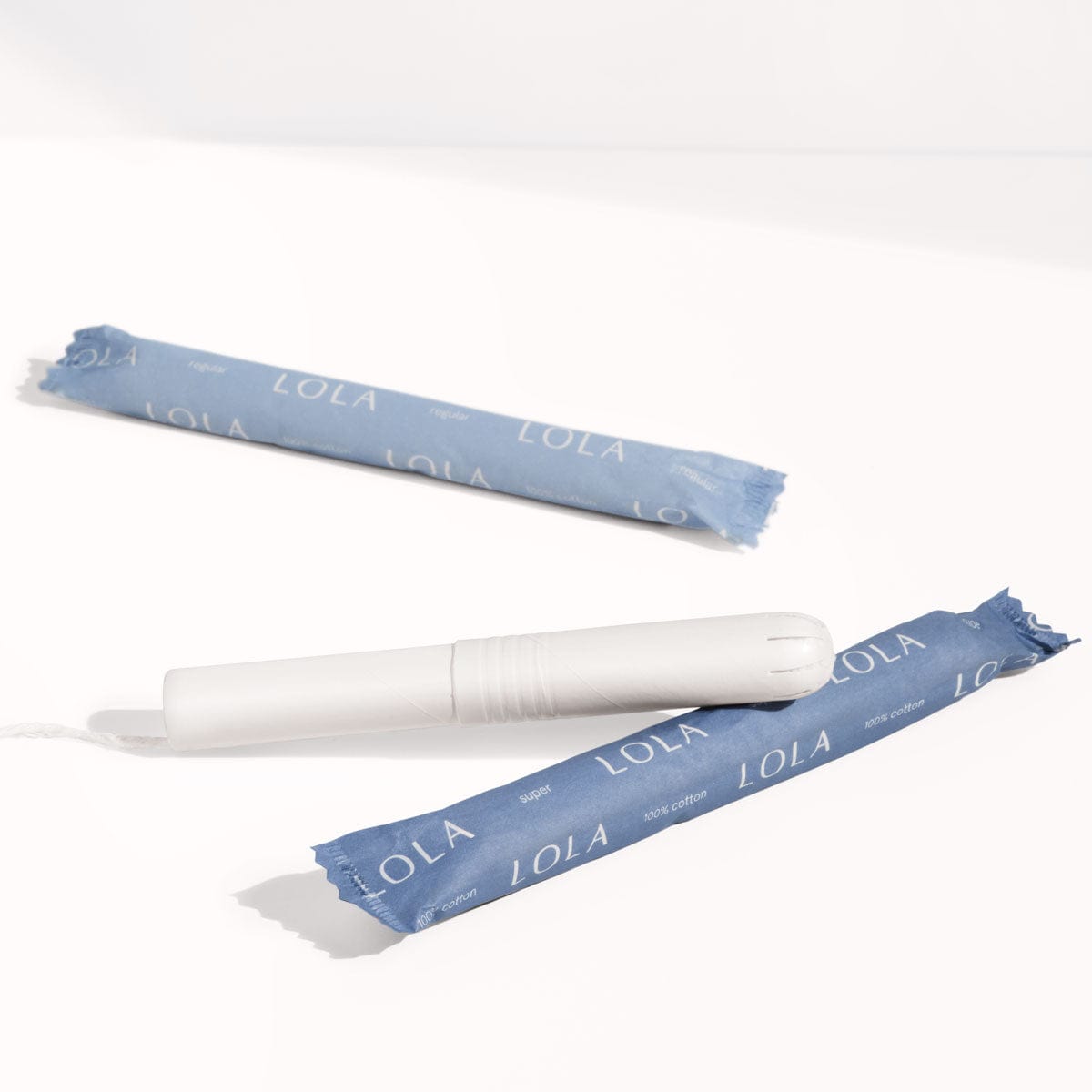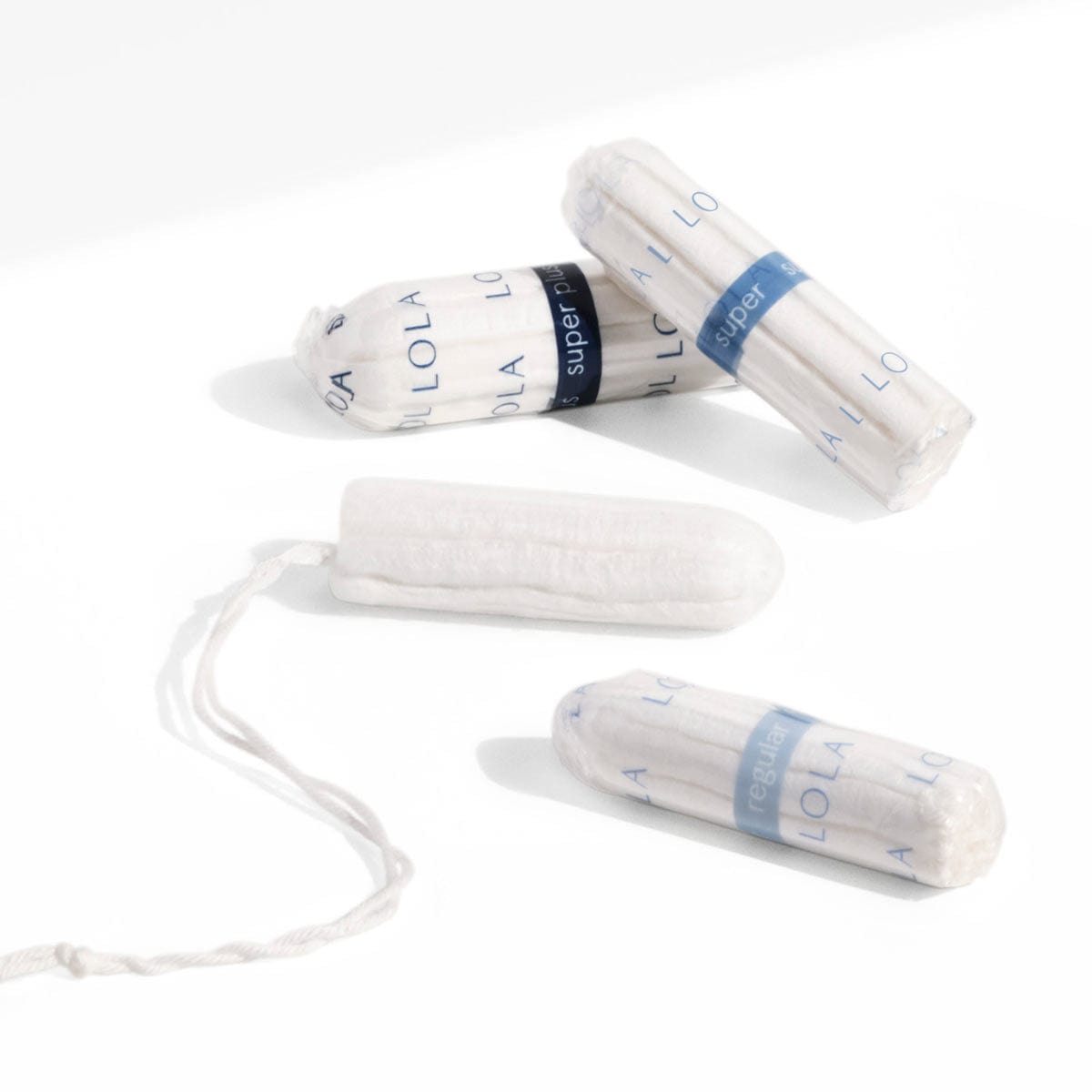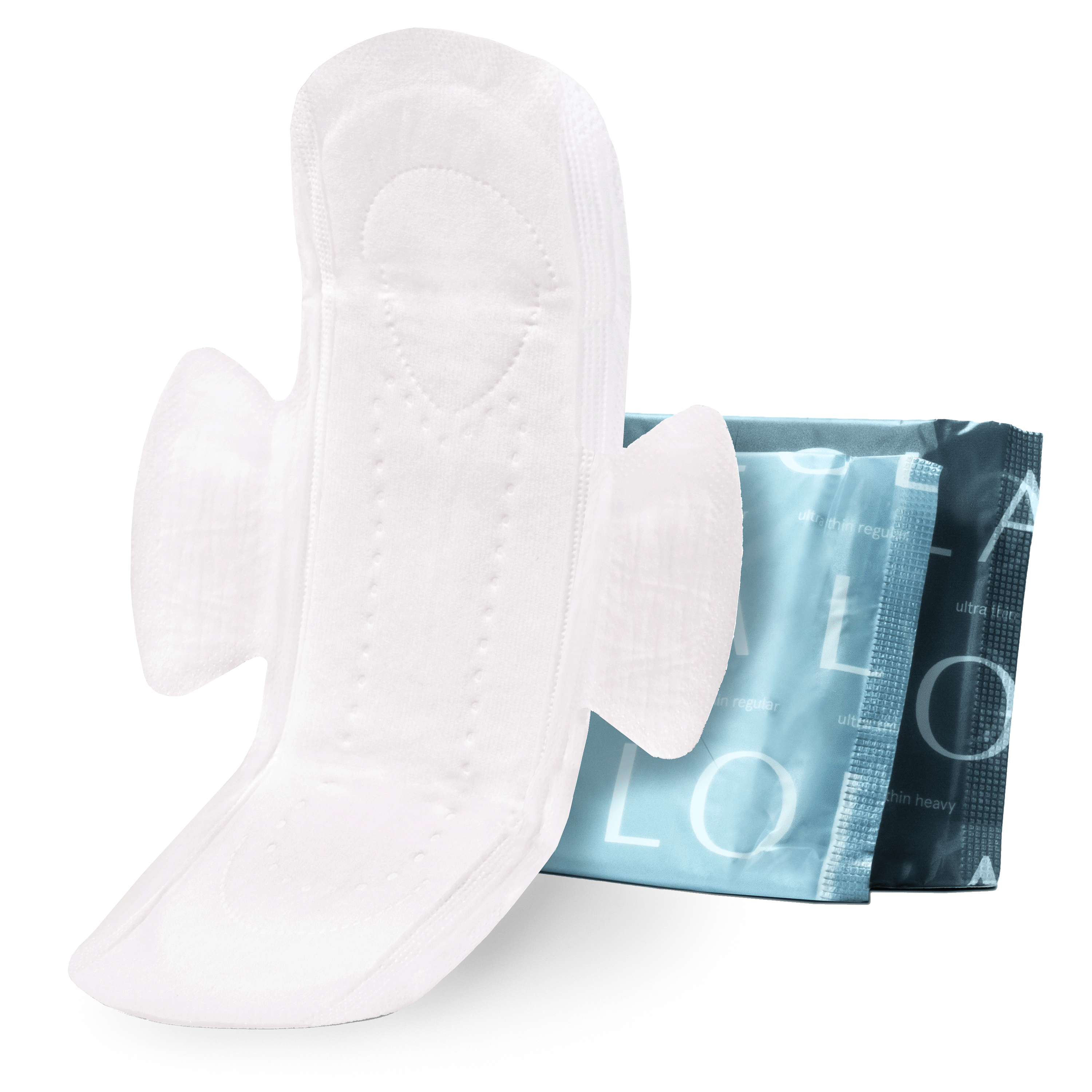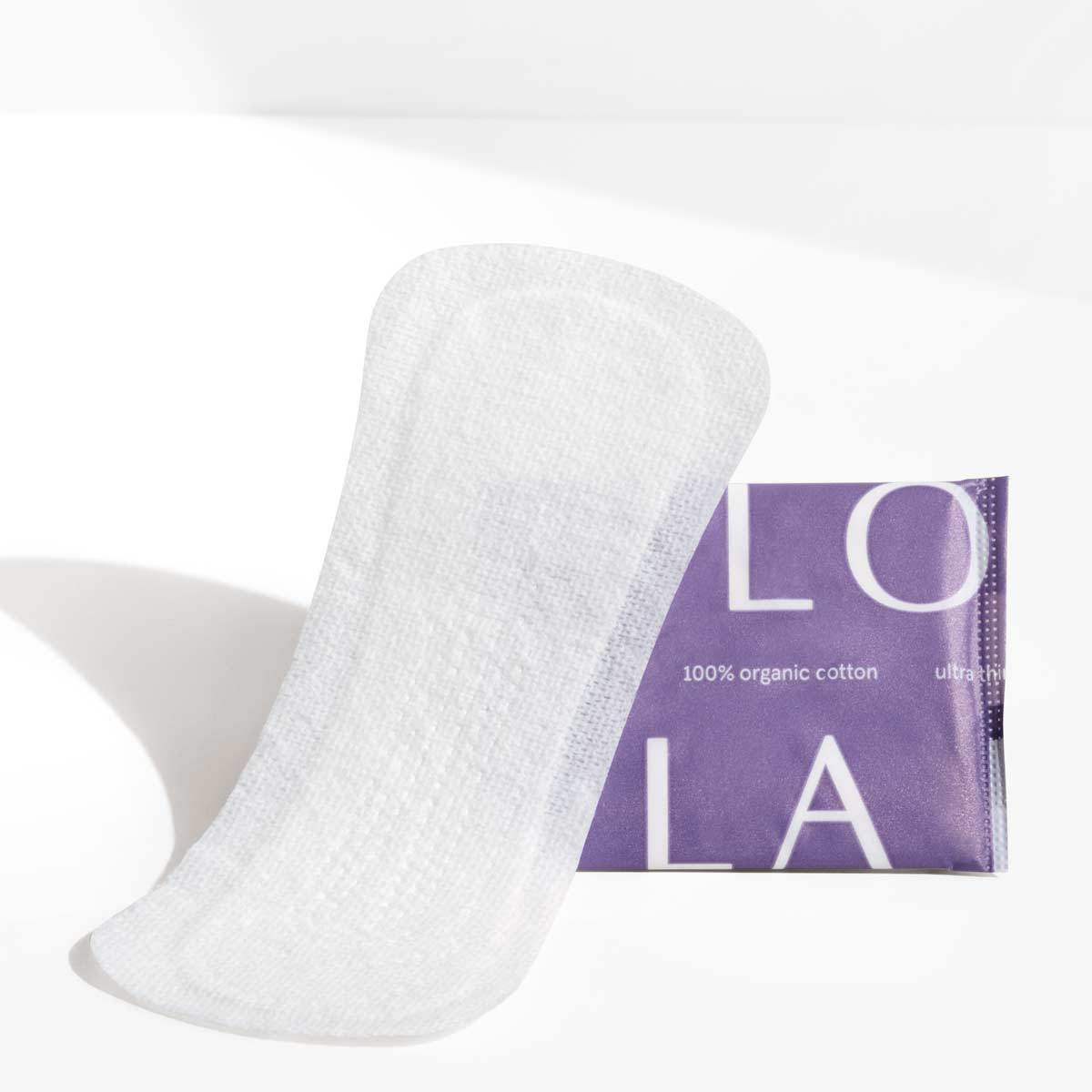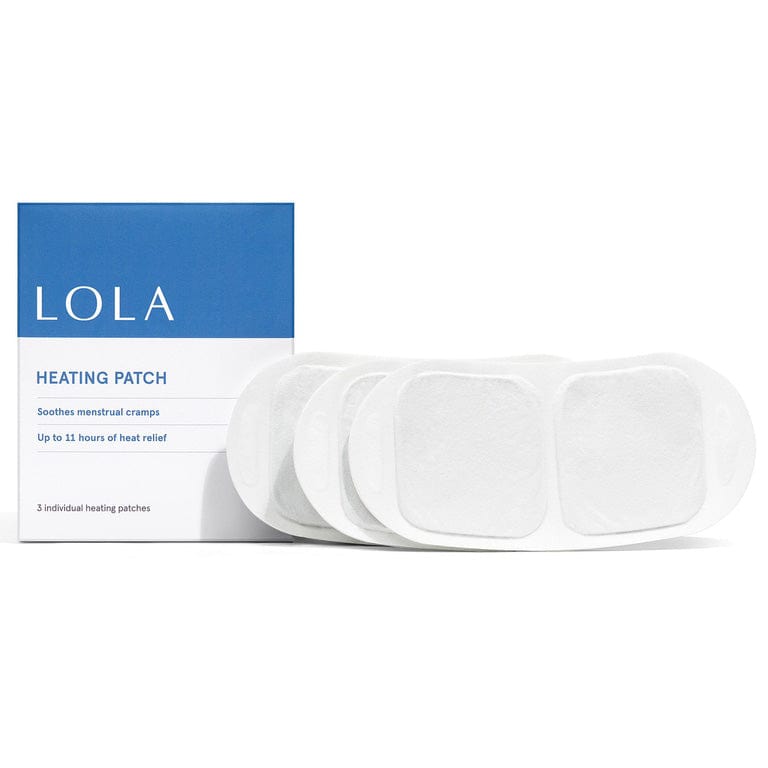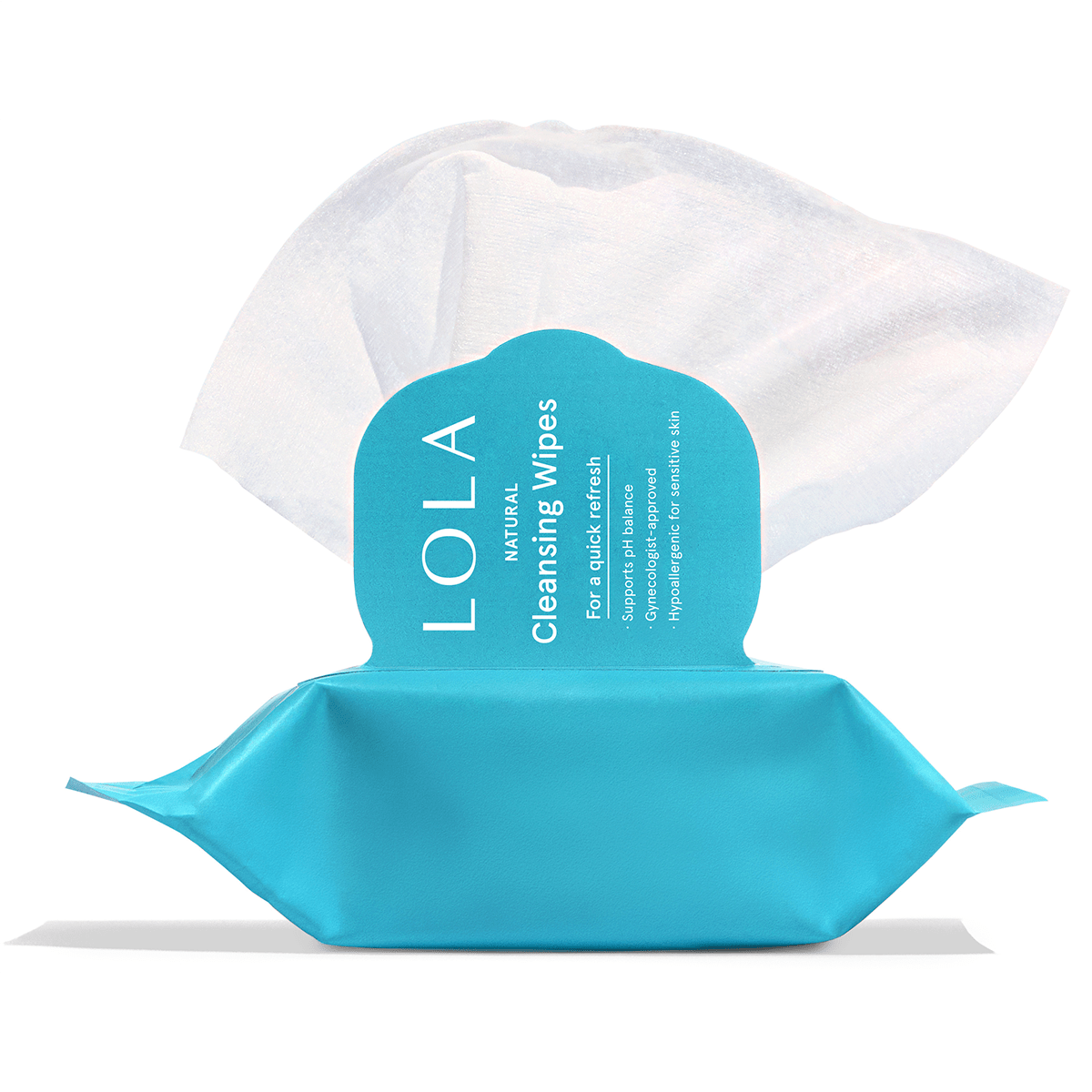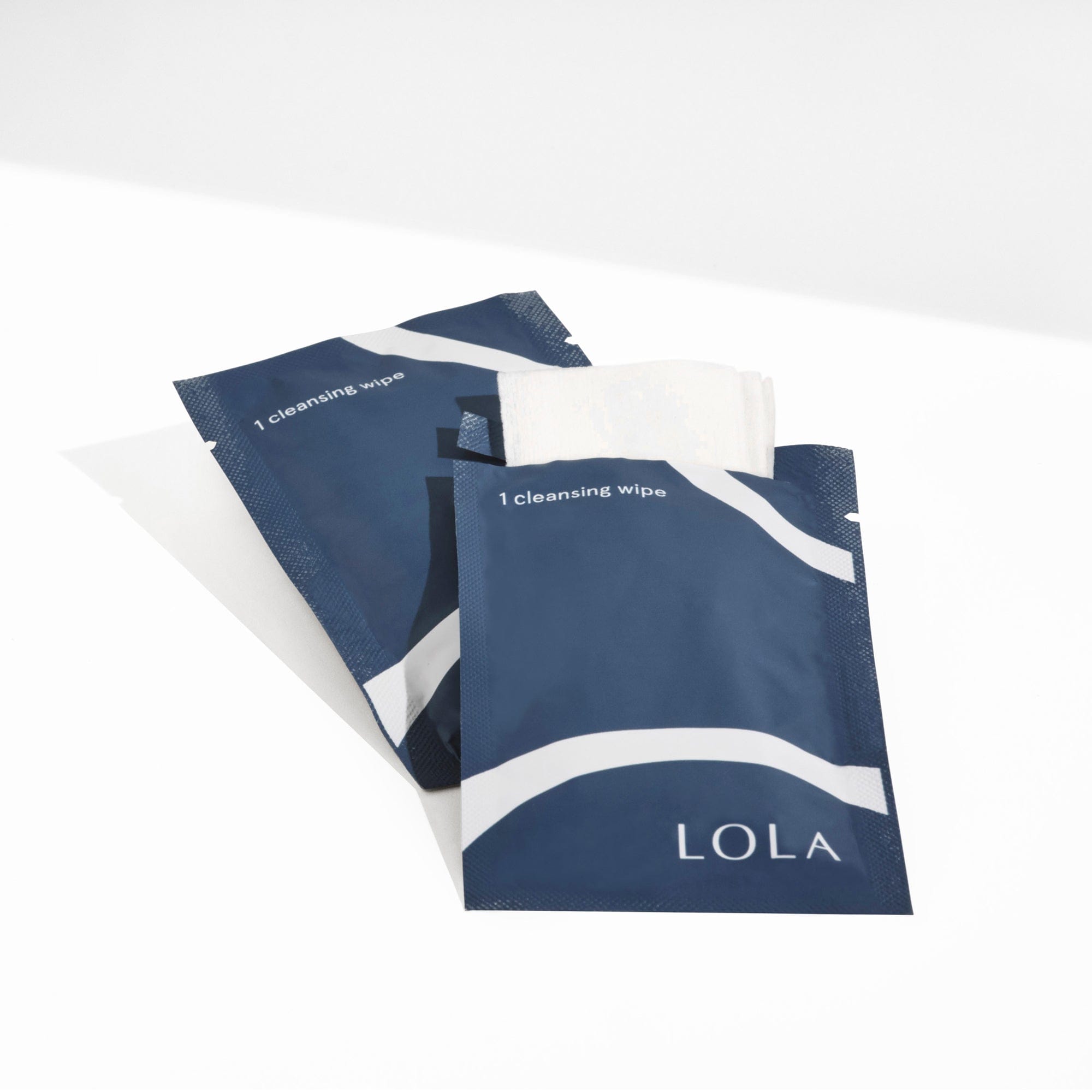After giving birth, you’ve been through a whole lot —physically and emotionally. Your body needs time to rest and heal from the incredible feat of incubating a new human for nine months and then welcoming them to the world.
While you may have enjoyed pregnancy’s long break from getting your period, it will come back postpartum, along with your fertility. But as your hormone levels adjust, it can take a while to get your period again–between 6 and 12 weeks, sometimes longer if you’re breastfeeding. Whether your first period after pregnancy shows up on the sooner side or takes months, you may be wondering when you can use tampons after giving birth. It’s important to wait at least six weeks—ideally after you get clearance from your OB/GYN at your 6-week postpartum check up. This is to ensure you’ve healed properly down there and aren’t susceptible to bacterial infections.
When your menstrual cycle returns, you might find that it’s different from how you remember, and you might prefer different menstrual products than before. We’ll talk through everything you need to know about menstrual care after birth, and tips to ensure a safe and healthy postpartum recovery.
|
Key Takeaway: Medical consensus says to wait at least six weeks after giving birth before using tampons again. At your six-week postpartum checkup, your OB/GYN will conduct a pelvic exam to ensure your vagina and uterus have properly healed before giving you clearance to resume any activities, like tampon use, sexual intercourse, and exercise, that could impact the area. |
Why You Should Avoid Tampons Immediately After Birth
After a vaginal delivery, it’s common to feel sore and swollen down there – you pushed a whole human being out of you, after all! You may have vaginal or perineal tears that need time to heal; you may feel bloated and crampy. Even if you had a C-section, if you pushed during labor before getting your incision, you might still experience vaginal pain and swelling postpartum. That’s in addition to tenderness around your incision, and abdominal cramping that could make tampons extra uncomfortable.
While you’re tender down there, you’ll want to avoid using a tampon for a few reasons. One, it likely won’t feel very good to put something inside where you’re sensitive and sore. You also might be more dry than normal, because of the postpartum drop in estrogen. Two, introducing a tampon could put you at risk for bacterial infections, like endometritis or toxic shock syndrome, particularly if you have open tears. As a general rule of thumb, you should wait at least six weeks postpartum before using tampons again, and wait to be cleared by your OB/GYN at your 6-week postnatal checkup.
Well before your menstrual cycle returns, you’ll have another discharge to contend with, called lochia. After giving birth, your uterus sheds a mix of blood, mucus, and uterine tissue. In the first week of postpartum, lochia will appear as a dark red flow, similar to a heavy period. But, it is not your period, and you shouldn’t use tampons to manage it, because you’re still healing. You’ll want to use organic postpartum care, such as pads or disposable underwear. Lochia starts out heavy and tapers to a lighter discharge, lasting up to six weeks.
Common postpartum recovery symptoms
- Vaginal tenderness, swelling, and soreness
- Soreness around vaginal or perineal tears
- Stinging during urination
- Vaginal dryness and discomfort
- Abdominal cramping and bloating
- Tenderness around C-section stitches
- Pain during intercourse
- Lochia
- Fatigue
- Constipation
- Hemorrhoids
- Pelvic floor dysfunction
- Breast engorgement and nipple pain
- Postpartum depression, mood changes, or “baby blues”
|
What is Lochia and How Long Does It Last? Lochia is a vaginal discharge that occurs after childbirth and lasts up to 6 weeks. It consists of a mix of blood, mucus, and uterine tissue your body built up during pregnancy to support the fetus. It starts out as a dark red, heavy flow, with the possibility of blood clots, for the first few days; dissipates to a lighter, pinkish-brown flow after about a week; and eventually a light-colored discharge after a couple weeks. You can manage lochia with postpartum sanitary pads or disposable underwear. |
When Most Healthcare Providers Recommend Tampon Use Postpartum
As a general rule: always wait to use tampons until getting clearance from your OB/GYN at your 6-week postpartum checkup. You might need to wait even longer depending on your recovery progress. Everyone’s different, and some new moms take more time to heal. If you have third or fourth-degree vaginal tears, or experienced hemorrhaging during childbirth; bacterial infections, or serious complications like postpartum preeclampsia, you’ll require more rest and care. C-sections tend to take longer to bounce back from than vaginal births, according to The Cleveland Clinic. Your OB/GYN will give you advice catered to your individual needs at your checkup.
Factors That Influence Timing
- Everyone’s healing timeline is different
- C-sections can take longer recovery than vaginal births
- Complications like severe vaginal tearing or hemorrhaging
- Bacterial infections
- Preeclampsia or other serious postpartum conditions
What to Expect from Your First Period After Birth
It’s common for your first postpartum period to be different than it was in the before (birth) times. Your flow might be heavier, with more cramping; and as your hormone levels climb back to normal, your cycle might be irregular. If you’re breastfeeding, your period might be delayed for months, because prolactin, the hormone that’s responsible for milk production, inhibits production of estrogen. Maybe tampons were your go-to pre-pregnancy, but now you need something gentler, like period underwear or pads. Even after you get six-week clearance, “a pad is probably a better idea than a cup or tampon right away,” says Kate Soloff, Certified Birth and Postpartum Doula, and Admin Support for NYC Birth Village. “Try different options and see how comfortable you feel.”
|
Your postpartum period |
Tampons |
Pads |
Menstrual Cup |
|
Pros |
-after 6 weeks, safe to use -comfortable and absorbent for different flows -disposable, one-and-done |
-Don’t exert abdominal pressure -won’t irritate vaginal tears -suitable for heavy flows -disposable |
-may be a more comfortable fit postpartum -less irritating internally than tampons -hypoallergenic |
|
Cons |
-may irritate internal vaginal or perineal tearing -may exacerbate abdominal cramping -can’t safely use before 6 weeks |
-can feel like wearing a diaper -can cause friction and dryness -may have to change often to insure good hygiene |
-can’t safely use before six weeks -may exacerbate abdominal cramping -have to empty out and clean manually |
Choosing Safe and Gentle Period Care Postpartum
Whether you prefer a menstrual cup or pads, tampons or period underwear, prioritize period products that are 100% organic, made with healthy ingredients, and no dyes or fragrances, which can be irritating and throw off your pH, recommends Soloff. Ditto soaps with fragrance–they should be avoided.
Your postpartum period hygiene, and general vaginal hygiene, is important too. “Make sure you’re changing pads regularly, keeping things fresh, and staying hydrated and remembering to pee,” says Soloff. She recommends using a peri bottle when you urinate, to ease any stinging sensation from vaginal tears or microtears, then gently patting dry. Sitz baths, perineal balms, cold packs, and dermoplast numbing spray are all products that reduce swelling, protect against infections, and aid healing.
Postpartum Menstrual Product Do's and Don'ts
- Don’t use a tampon before your 6-week postnatal checkup
- Don’t use tampons to manage lochia; use postpartum pads or disposable underwear
- Do use organic period products, free of fragrance and dyes
- Don’t rush postpartum tampon use; ease in with sanitary pads or period underwear
- Do practice good postpartum period hygiene by changing products regularly and keeping vaginal area clean and dry
FAQs About Using Tampons After Birth
Can I use tampons if I had a C-section?
-
Yes. However, avoid using tampons until you get clearance from your OB/GYN at your six-week checkup.
What happens if I use a tampon too soon?
-
It may cause pain, irritation, or discomfort, and may make you more susceptible to developing a bacterial infection, such as Toxic Shock Syndrome or endometritis.
How long after giving birth can you use a tampon?
-
Wait at least six weeks, or until your OB/GYN clears you to use them.
When is the first period after giving birth?
-
It commonly takes between six and 12 weeks to get your first period postpartum, but may take up to six months if you’re breastfeeding.
Conclusion
Everyone’s postpartum recovery timeline is different. Listen to your body, give yourself time to heal, and don’t skip your postpartum checkup. It’s vital to get clearance from your OB/GYN to make sure you’re healing properly and safe to use tampons or have sexual intercourse.
On your healing journey, prioritize your health and safety with gentle postpartum care products, made with 100% organic ingredients, and no irritating dyes or fragrances. LOLA’s organic postpartum collection has everything you need to ease back to feeling your best in those initial recovery weeks. And when you get your first period after birth, we have you covered with organic period products that put your comfort first.
